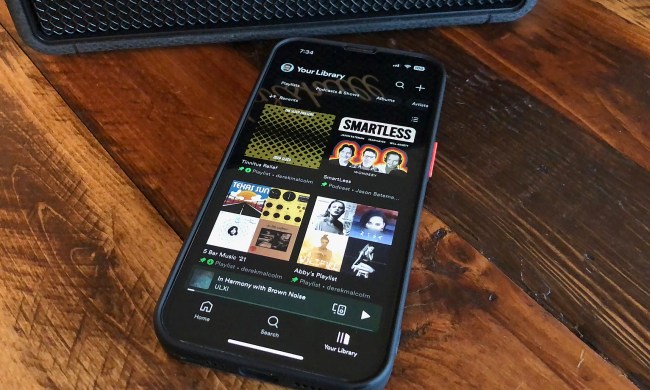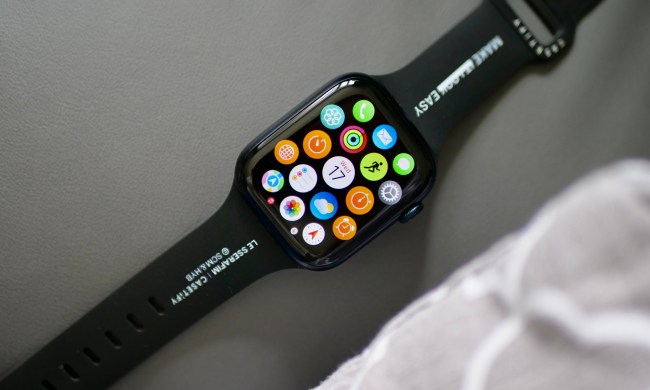One of the difficulties of looking at Apple products critically is how hot emotions run. Apple has a very loyal group of followers who defend all the company does, and Apple does such a great job of promoting its offerings it is sometimes hard to see through the reality distortion field and do a proper assessment.
What I’ve learned to do is write out what I think Apple needs to do at a particular event, and then assess how they did. It isn’t a perfect process, because I may be setting the bar too high or low myself, but at least it is independent of Apple and avoids any bias—positive or negative—that might be introduced as a result of the event itself.
What was Expected at the Launch
Apple held a media event on September 12th, 2006. While there was a lot of speculation about an Apple phone, my belief is that it is still coming, but the 12th didn’t appear to be an appropriate venue for that device. Phones tend to be heavily leveraged by the services that connect to them, and the coordination needed with the service provider tends to make it both easier and stronger to do a phone product alone. This clearly was being positioned as a movie oriented event, and as a result, our expectations were tied to movies.
The most obvious product was an iPod tuned for movies, and this means a screen that has a panoramic aspect ratio. The existing iPod line is designed primarily to do music (and frankly, that is a big part of why it is successful, since it does this very well), but for a movie event we needed a large screen movie iPod, and what we got was something less. Granted, the 80-gigabyte model is slightly modified in capacity and battery life, but for movies, it just didn’t have the anticipated screen, so it fell short of expectations (I also don’t think it has enough battery life; however, I think that of all iPods and would prefer a replaceable battery, but that would be inconsistent with Apple practice and it wasn’t expected).
The second was an iTunes-like movie service that did for movies what iTunes did for music. This was a huge miss, but probably not Apple’s fault, because the movie industry is much harder to work with in this regard than the music industry, and it is clear even Apple can’t make much headway. They only got Disney, which raised the question of whether Apple’s new closeness with that company is actually creating problems with the others (I had expected Time Warner would also do this, and the fact they didn’t concerns me now).
The third was a home “media center” type of product. They did tease this product, but it will miss the critical 4th quarter where the vast majority of sales for this kind of device occur. Apple not only doesn’t “tease” products like this, they have a history of going after folks who do. This last product seemed strange and made it feel like they knew they were missing expectations by a mile and trying to fill the gap with a future offering. More likely, they are simply trying to keep folks from buying competing products until theirs shows up. Not a bad strategy, not even uncommon, but unusual for Apple.
The Big Announcement
They announced a range of colors for the iPod lines. This is good because it provides more choice in what remains the most complete line in the segment. It is also bad because it creates a retail stocking nightmare. It is hard to guess which colors folks want, and this typically means point shortages in the popular colors as well as overstock problems (and resulting big discounts) for the less popular colors.
the company that figures out how to color a product at
the store will eventually become the star of this segment. They figured out how to do it with Toy cars in 2005; why not with iPods? For that matter, why not with laptops?
Now, the iTunes improvements are rock solid; the product is more visually exciting, and it appears to provide a stronger overall user experience, both of which are very positive. With this Apple showcased why they deserve to be at the top of the heap.
Competition is Heating Up
This week Microsoft released its new "Zune" service which competes with the iPod and iTunes. The service has a number of interesting parts starting with a flat rate payment option (shared with Urge, Rhapsody, and Yahoo), a MySpace social networking component, and built in legal file sharing of purchased and rented songs. This is all built around a company-within-a-company which feels more like a record label than anything else. Unfortunately the Zune player is kind of large and clunky and folks must buy the player and then get the service, not the other way around. If Microsoft wants to play here they need to have compelling hardware.
Samsung K5: A stunning new player which includes a built-in speaker that sounds surprisingly good, and is appearing much more technically advanced than any of the iPods. Samsung is the company that has scared Sony half to death and appears to be attempting to do the same thing to Apple.
SanDisk: Growing an amazing 300% in a market where both Apple and Creative Labs are stalled, SanDisk is showcasing there is a non-Apple opportunity that appears to be growing scarily fast.
Napster: Perhaps showcasing the shape of things to come, the granddaddy of music services is offering a free 1GB music player with subscriptions, anticipating a move by the industry into a subsidy model which could cut a massive hole in Apple’s impressive profits.
Conclusion:
Apple is far from out of the game. They still have the most complete line of any vendor and arguably the highest quality user experience. However, the competitors appear to be rapidly closing the gap, and this announcement didn’t widen that gap appreciably. The 4th quarter will be Apple’s hardest since the first iPod Christmas, and next year will be vastly harder still.
For those of us who don’t work for or live for Apple, this means a wider variety of ever stronger choices coupled with ever lower prices going into next year. It is looking like a buyer’s market, and I’m a big fan of buyers’ markets.


